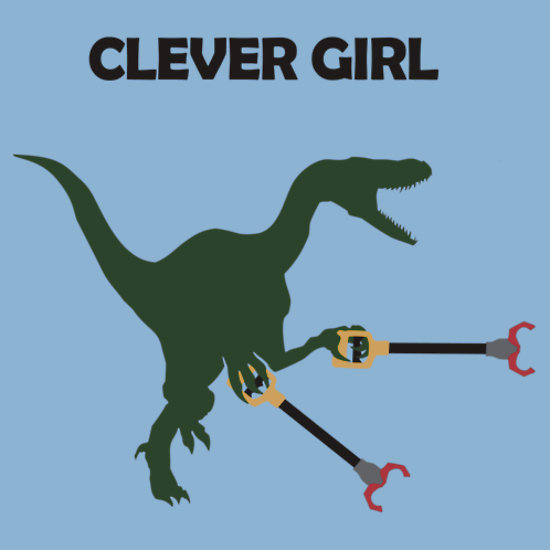
My friend Brienne is working on extending and teaching memory techniques. Think Moonwalking with Einstein, on steroids. In a recent blog post, she addresses the question most people have about memory feats: How important is this kind of thing when I can carry the internet in my pocket? I’ve been known to interrupt people by saying “Hang on, let me put that in my real brain,” when they’re trying to give me book recommendations or schedule something, and my phone isn’t in my hand. It’s second nature for me to store important information outside me head. But there’s a cost to that, Brienne writes:
After all, there’s no reason for most of us to know that a mole of carbon atoms is 6.022*10^23 atoms of carbon: In the unlikely event that you need to do stoichiometry, Wolfram Alpha will answer all of your questions. This much is certainly true. But in the context of a discussion of mnemonics, something about it feels off. “We don’t need internal memory because our external memory is so much better” misframes the relationship between memory and learning.
If you take a 400 level college course, it probably has prerequisites. You must first have taken a related 300 or 200 level course. Why?
Because often, in order to learn things you first must know things. Human memory is a massive network of associations, and recognizing relationships among concepts requires each concept be located somewhere in that network. Without well-traveled pathways, the memories will get lost. They will find neither conscious awareness nor each other.
You cannot innovate, you cannot invent, and you cannot seamlessly integrate information stored only externally. Creativity is not a magical spell for creating something out of nothing. It’s the ability to make new associations among old ideas and new data. To be creative, the raw materials must reside in internal memory. Wikipedia is simply not available to the subtle workings of fluid intelligence.
This is how I feel when I’m reading. It’s true that I often need to look up quotations from books, but I get a clear sense when some idea or scene has slipped into my my internal vocabulary (in the sense of yesterday’s Hofstadter post). To be able to make connections between ideas or to test or extend them, I need to be fluent in them to begin with.
I can’t easily express myself in French when I need to keep looking up the differences between “connaître” and “savoir.” Both mean to know, but the former is closer to “to be familliar with” (as in a neighborhood) and the second is closer to “to know a fact” (as in an address). And I won’t end up connaître-ing a chartacter or a thinker whose subtleties pass below my level of awareness.
Sometime, when I’m preparing a post (or, in college, a debate speech) I basically feel as though everything I hear and read passes within reach of large grabber-arms attached to various concepts. There are a family of arms belonging to the “philosophy of medicine” neighborhood which may be specifically attached to proprioception (or, within that, prosthetic limbs, sense augmentation, borders between my fingers and my keyboard as instruments of my will) or the sin-eating/drone warfare/PTSD cluster, etc.
I wouldn’t be able to flag and play with these ideas without some seed information stored in my memory, not my google docs, that the new readings compliment or clash with. I’m interested in Brienne’s ongoing series on memory, not so much because I need to memorize a lot of data, but because I’m curious about how some ideas end up with grabby-arms, and how I can consciously promote other interests to that status, if I want.












